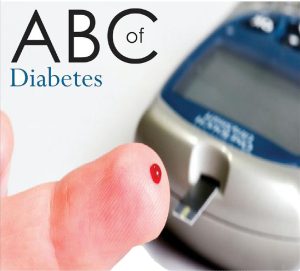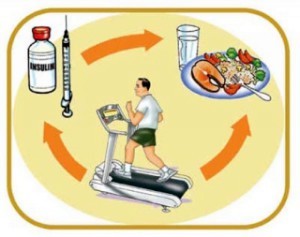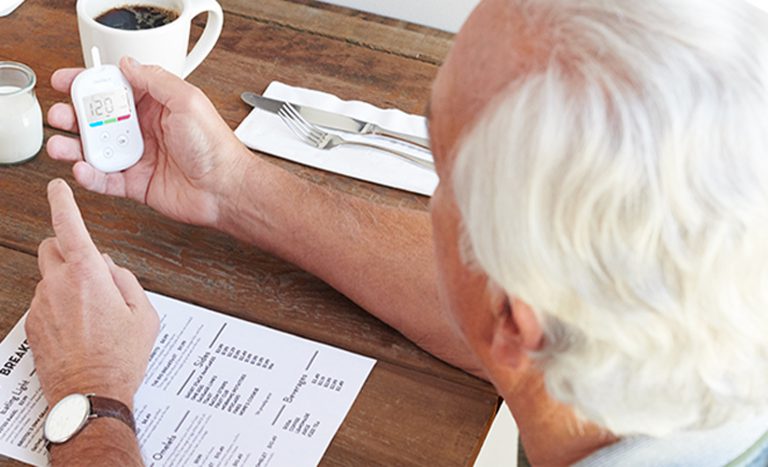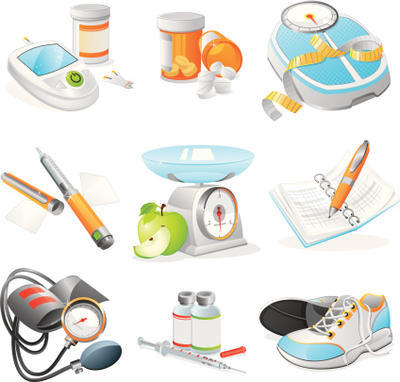How to support a family member or friend with diabetes
When people have the support of family and friends, they are better
able to manage diabetes.
Caring for someone with diabetes may not be easy. Understanding
diabetes and having a treatment plan with goals may help manage
the disease.
The person in your care has a health care team. It may include
a primary care provider, specialists, nurses, a diabetes educator,
and a dietitian. They can help you learn how to care for your family
member or friend.























